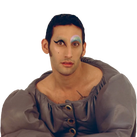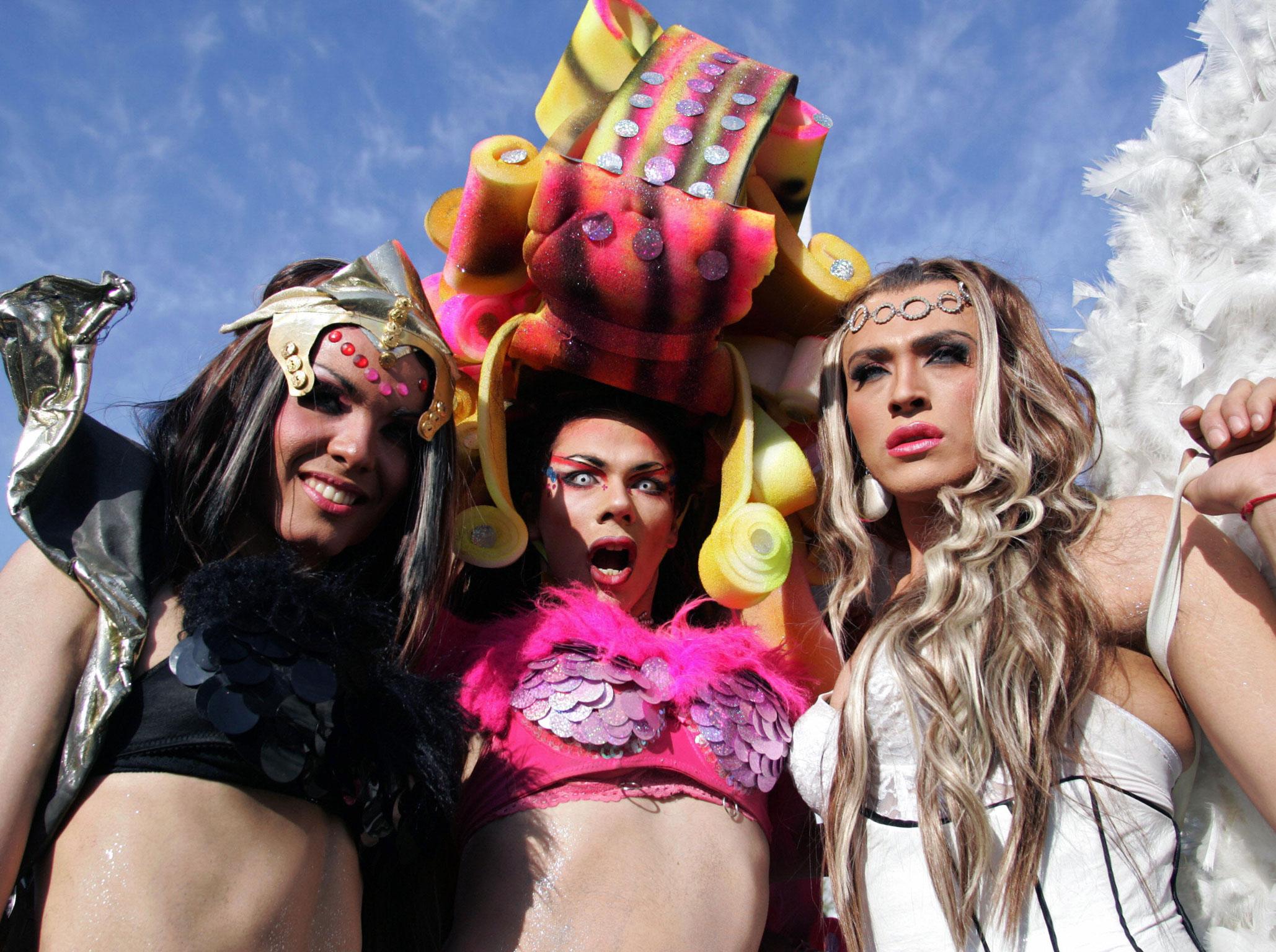When gay bars police what people wear, they exclude genderqueer bodies like mine
Cities around the world are experiencing rapid gentrification – with this comes the gentrification of queer spaces, and the homogenisation of queer identities


Your support helps us to tell the story
From reproductive rights to climate change to Big Tech, The Independent is on the ground when the story is developing. Whether it's investigating the financials of Elon Musk's pro-Trump PAC or producing our latest documentary, 'The A Word', which shines a light on the American women fighting for reproductive rights, we know how important it is to parse out the facts from the messaging.
At such a critical moment in US history, we need reporters on the ground. Your donation allows us to keep sending journalists to speak to both sides of the story.
The Independent is trusted by Americans across the entire political spectrum. And unlike many other quality news outlets, we choose not to lock Americans out of our reporting and analysis with paywalls. We believe quality journalism should be available to everyone, paid for by those who can afford it.
Your support makes all the difference.As a genderqueer person of colour, spaces I genuinely feel free and safe to be myself in are few and far between. LGBTQIA+ nightclubs are a momentary refuge, and offer a space where I can dance and dress the way I want without judgement. In theory.
But in practice, queer spaces in the UK can be hostile to those who visibly present as queer. Just the other night I was reminded of this. After performing my nightly drag show as part of the Edinburgh Fringe, I went with my queens to one of the city’s only gay bars. I had a face of drag make up on, and my sisters and I were desperate to dance to pop like cringe teenagers. But we were refused entry. Why? Because I was in tracksuit bottoms. According to the bouncer, my outfit was an indication that “I hadn’t made an effort”. I’m guessing that my 2 hours of make-up constituted an insulting lack of “effort”.
Whilst me and my queens were denied entry – one of them because they were in shorts deemed “too sporty” – men in shirts and chinos comfortably waltzed in, assessed as appropriately dressed for an adult night out. When I spied inside, what I saw was a crowd of women and men who comfortably presented as normative, all adhering to the smart casual dress code of the venue. When I offered to change into the only thing I had in my bag – a gorgeous velvet tunic – I got a firm “no.”
A queer venue – in a city where there are so few – should point blank have no dress code. Dress codes immediately exclude queer bodies that sit along the infinite permutations of gender, sexual and racial spectrums. What about trans customers who feel uncomfortable in gender essentialist clothing? What about customers who want to wear fetish gear? What about customers who don’t own smart trousers? What about customers who cannot afford them?
The primary objective of a queer space must be to prioritise the needs of queer customers in a society that is constantly hostile to them. In an ensuing Twitter feud I had with the club, I suggested they needed to consider the requirements of queer people over straight customers – it was implied that this was discriminatory to straight people, and that they were all about #equality.
I’m sorry, but heterophobia is JUST NOT A THING. Reverse “discrimination” – if we can even call it that – is necessary to preserve the inclusivity and safety of the few spaces queer people have in an oppressively straight world. And when I enquired as to why tracksuits were so forbidden, I was told that they “attract the wrong crowd.” Is this anything but social profiling? The classist overtones are hard to stomach, and being made to feel like part of the wrong crowd in a gay venue is a painful blow.
As a queer person of colour, I suffer daily anxieties due to the systemic rejections of society; rejections from within gay spaces only add insult to injury. Many queer people of colour have similarly felt disempowered in gay spaces. Travis Alabanza – a trans gender-non-conformist black performance artist – tells me that “gay clubs present to me a place of high anxiety. I wonder how my body, in its femininity, transness, gender non-conformity and blackness can ever fit in. I find myself at best self-conscious and at worst harassed in these clubs. I have been laughed at by security guards, refused entry to certain toilets, and called ‘a bad drag queen’.”
They too have felt unwelcomed by venues with strict dress codes, explaining that “dress codes not only place an anxiety on trans bodies, but are normally charged in classicist and racists ideas of “who” is considered smart. Often clubs code this wear as “urban and not acceptable.” Queer venues by definition welcome those who don’t conform to the normative – exclusive dress codes reverse this right, forcing queer people into a costume we ditched in the first place.
Cities around the world are experiencing rapid gentrification – with this comes the gentrification of queer spaces, and the homogenisation of queer identities. As a matter of social urgency, LGBTQIA+ venues must preserve their commitment to providing safety and inclusivity to non-conforming bodies and identities – without them, we might have nowhere else to go.
Join our commenting forum
Join thought-provoking conversations, follow other Independent readers and see their replies
Comments